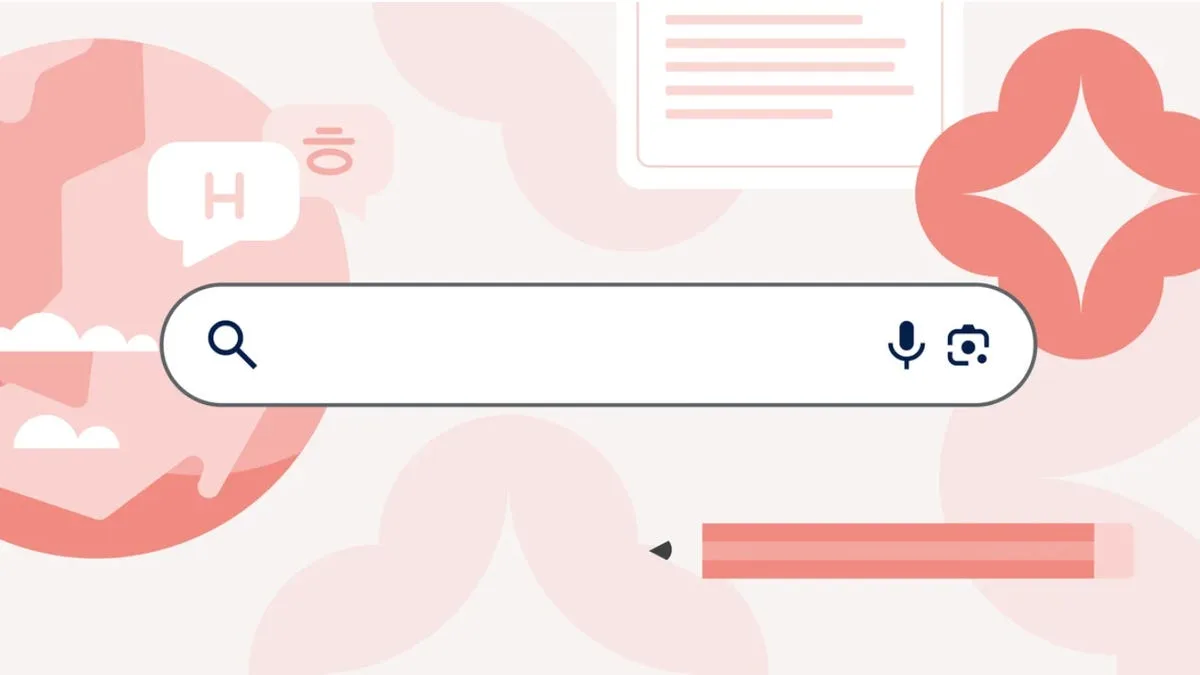HTML or Hypertext Markup Language is the standard language used to create and design web pages. One of the key elements in HTML is the
tag, which stands for division. The
tag is used to group together elements on a webpage and create sections or divisions within the content.
Understanding the
Tag
The
tag is a block-level element that does not have any visual representation on its own. It is mainly used as a container to group content or elements together. By using the
tag, web developers can apply styles, formatting, and layout to a group of elements as a whole.
Benefits of Using
1. Structure: The
tag helps organize and structure a webpage by grouping related content together. This makes the code more readable and maintainable.
2. Styling: By enclosing elements within a
tag, developers can apply CSS styles to the entire section, making it easier to customize the appearance of the content.
3. Flexibility: The
tag provides flexibility in designing a webpage layout. It allows developers to create columns, grids, and other complex structures by using multipleINSTAGRAM
elements.Example Using</p><div>
Example of Using
“`html
Welcome to Our Website
Lorem ipsum dolor sit amet, consectetur adipiscing elit…
“`
In this example, we have created a simple webpage layout using
tags. The outer
with the class “container” acts as a wrapper for the heading and content sections. By applying CSS styles to the classes, we can control the appearance of each section.
tags are essential for organizing and structuring content on a webpage. They provide a way to group related elements together and apply styles and formatting to the entire section. Whether you are designing a simple website layout or a complex web application, the
tag is a versatile tool that every web developer should master.







